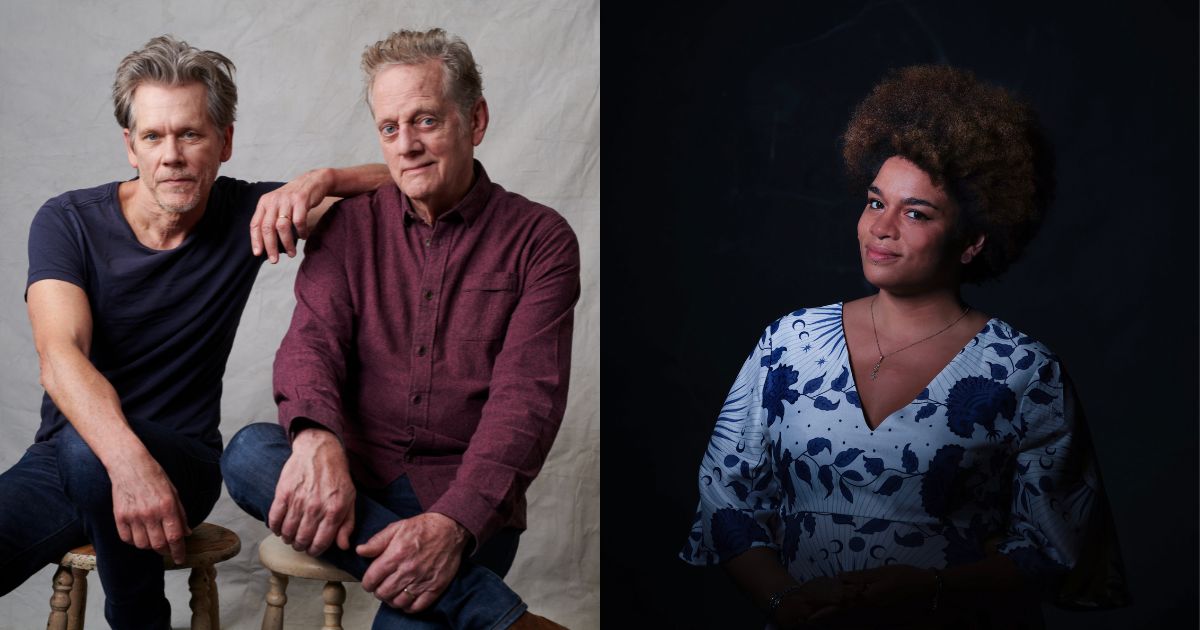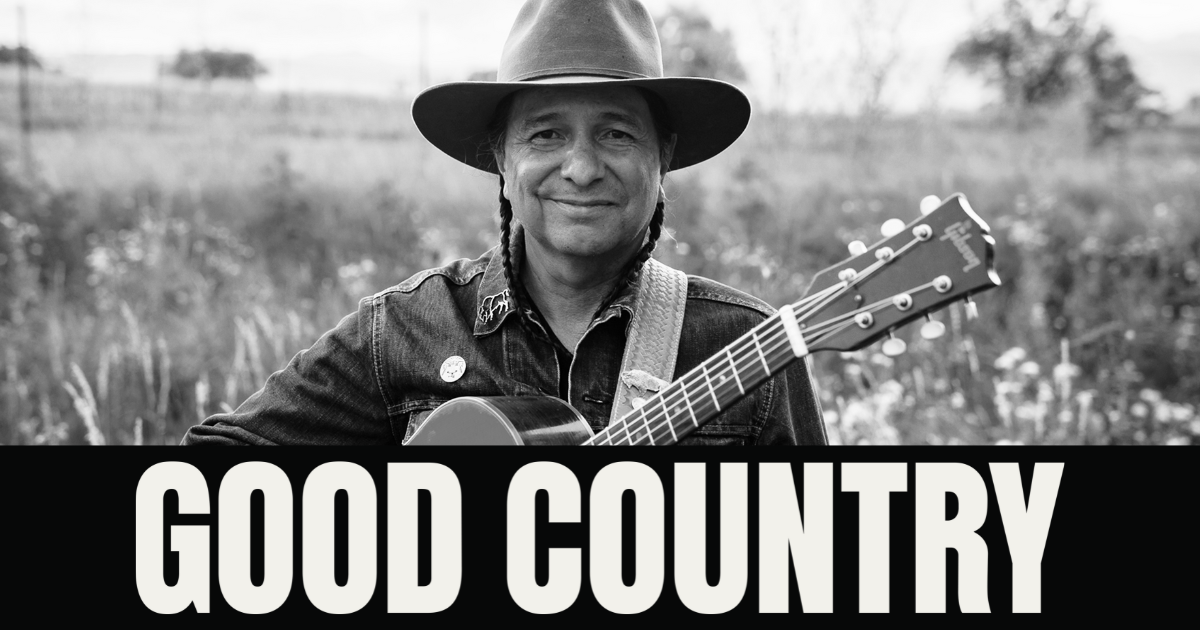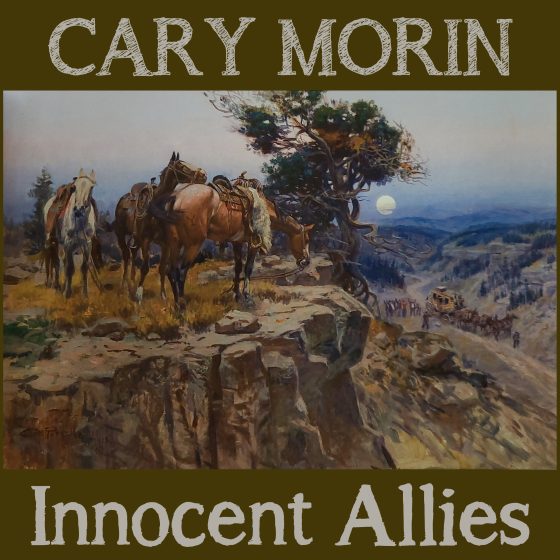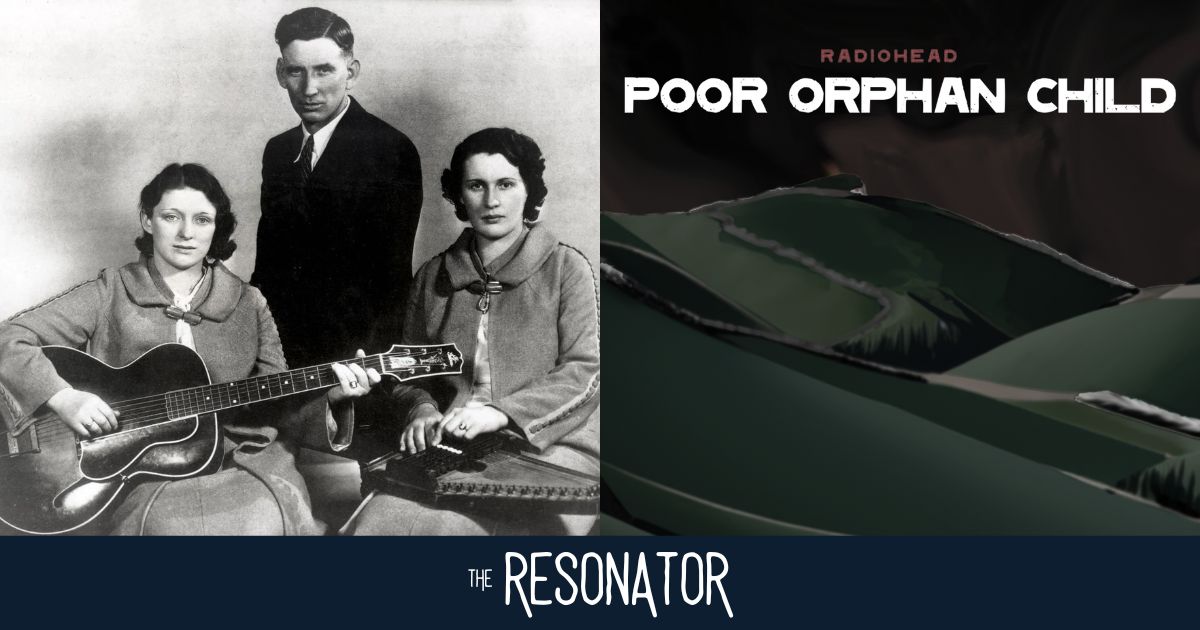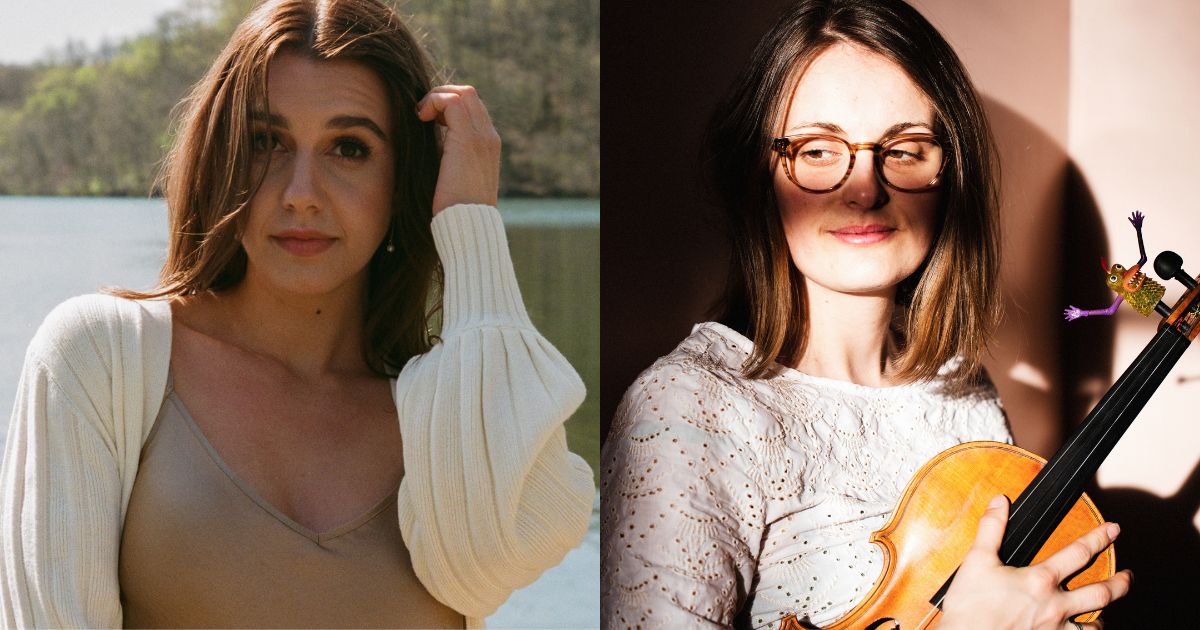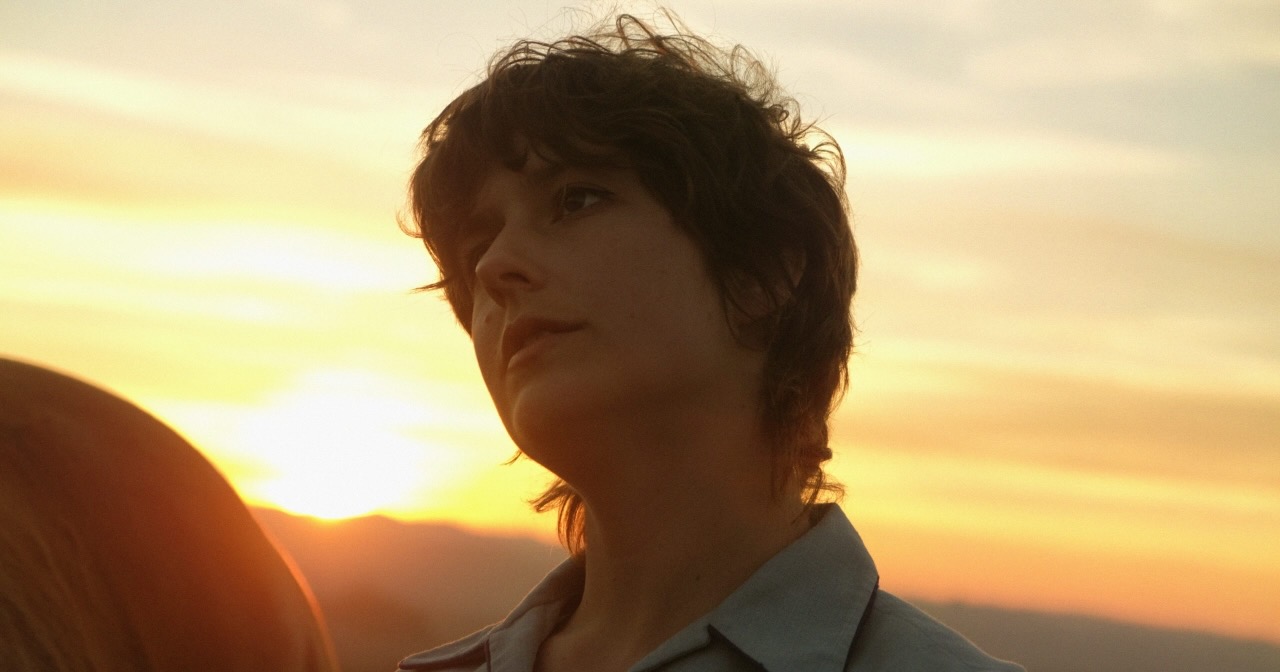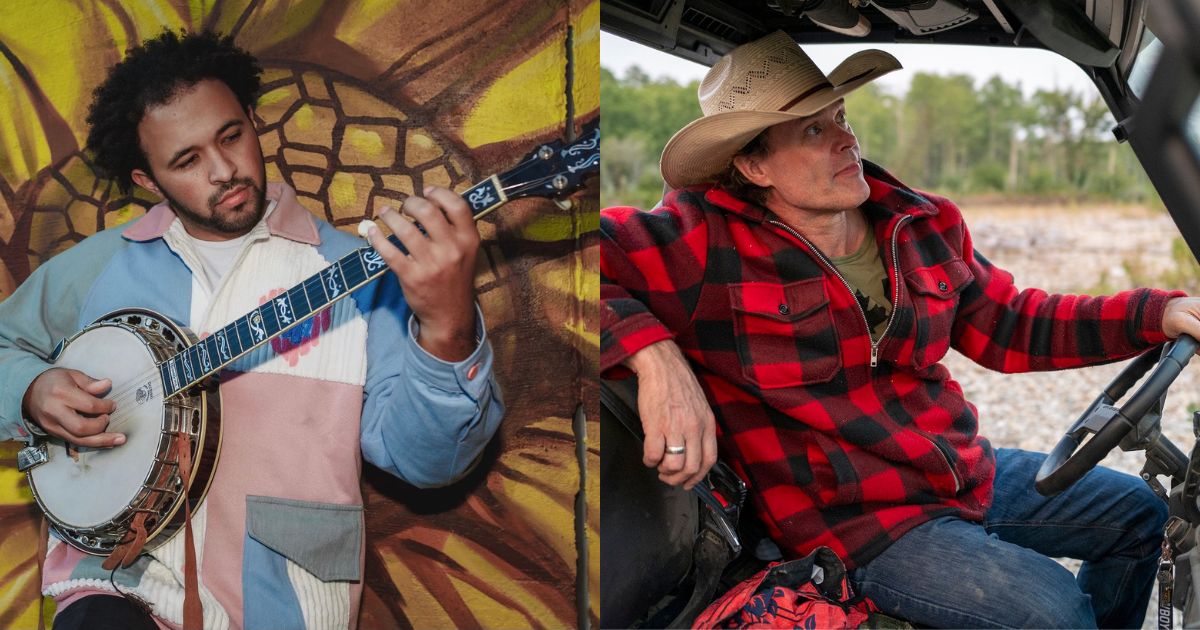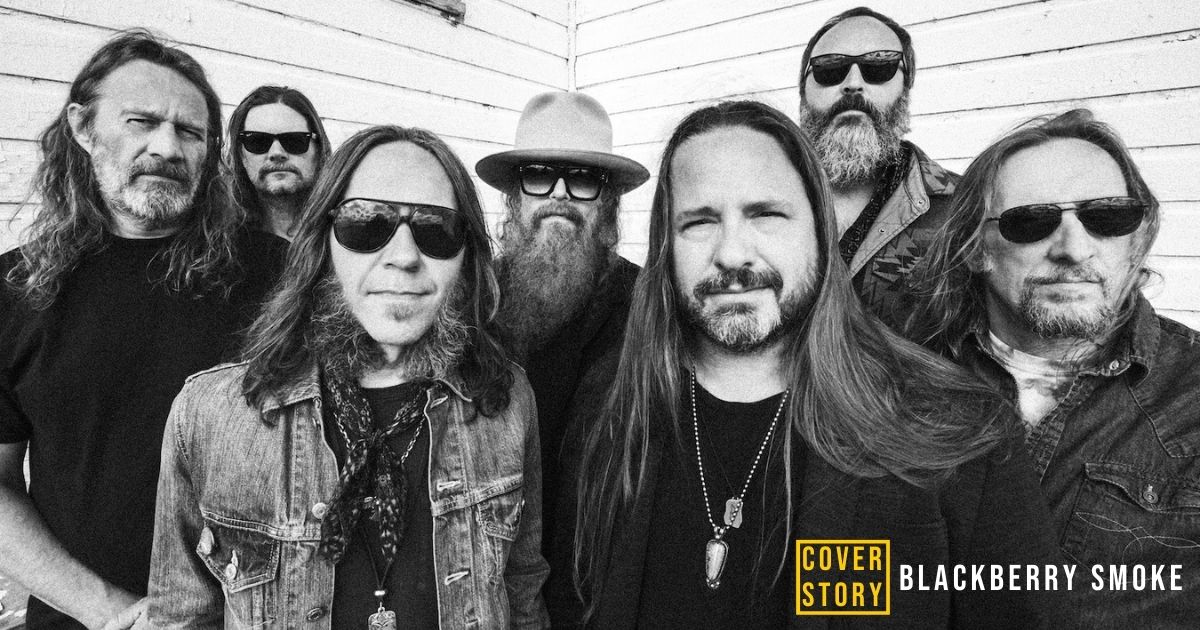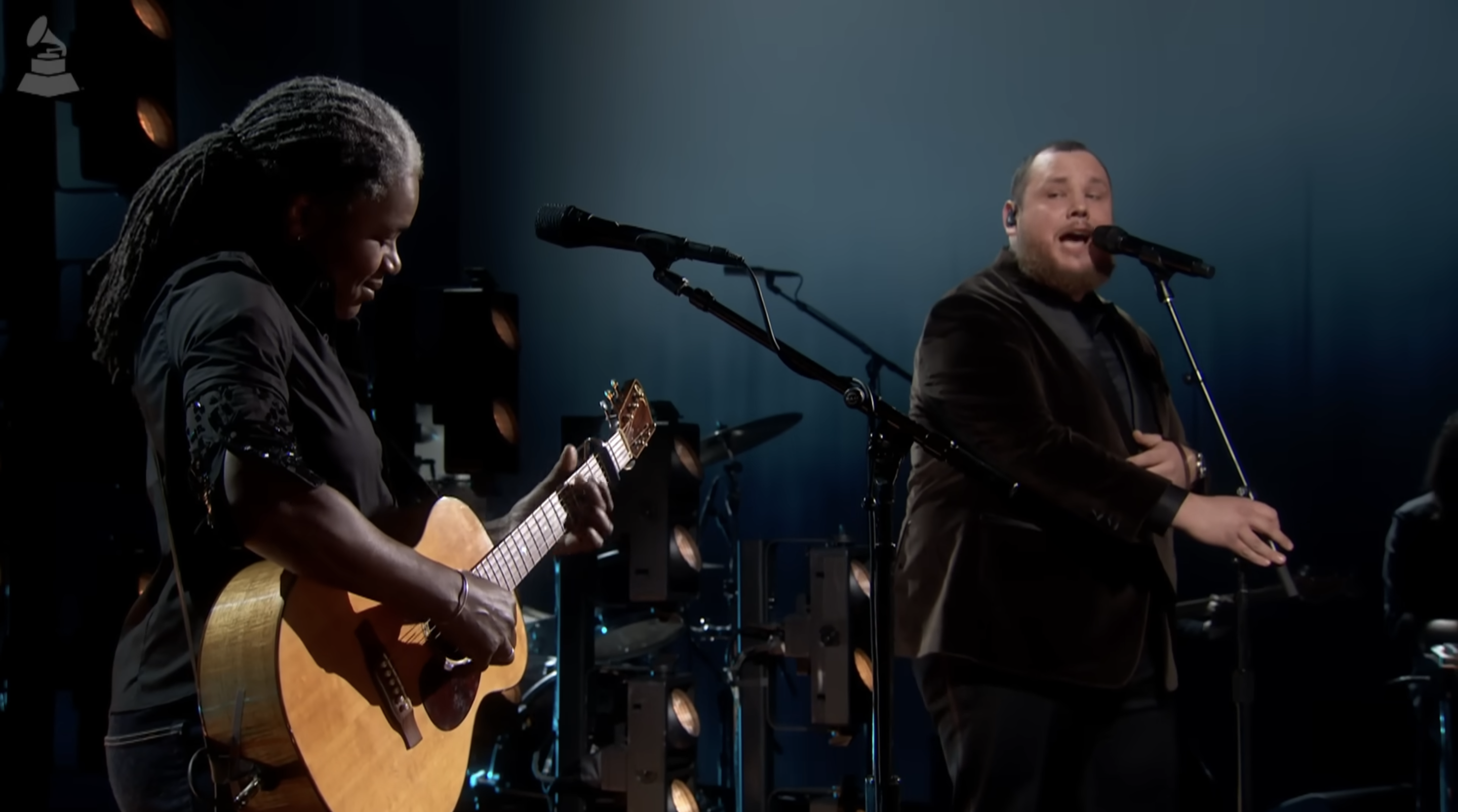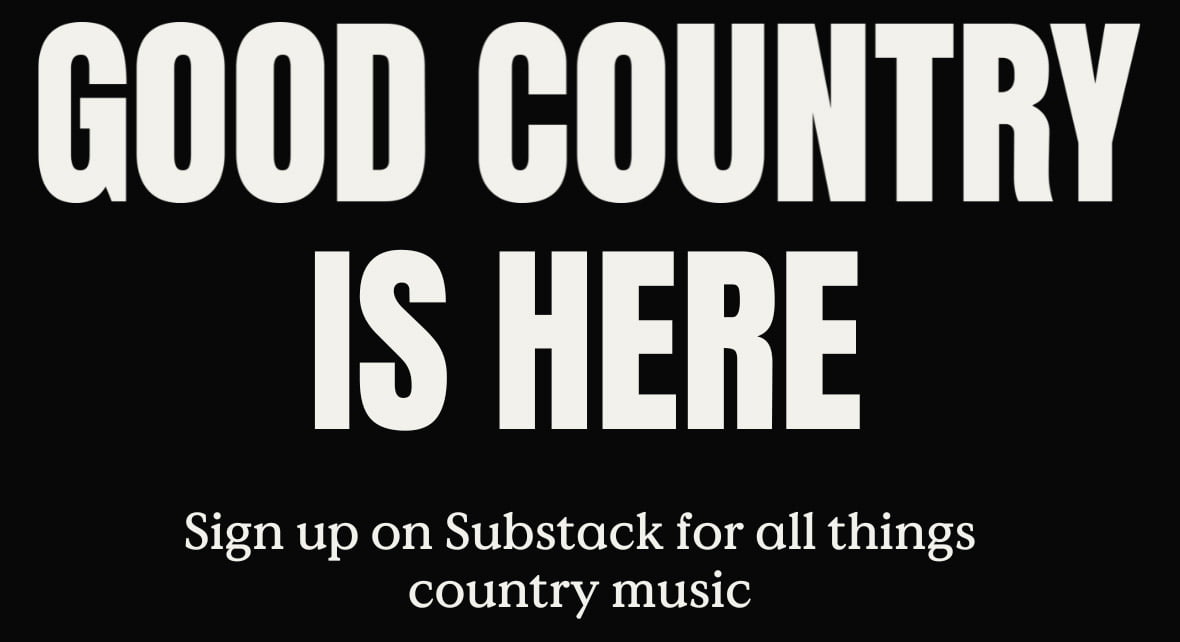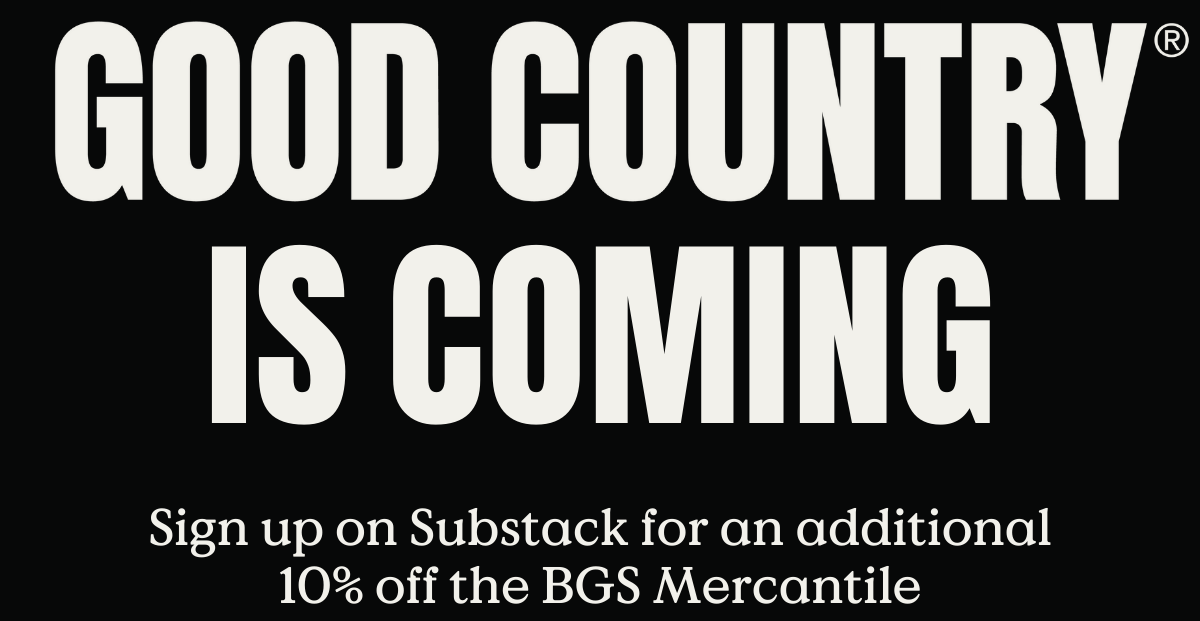This week, it feels a bit like musical spring has sprung, and new music is truly blossoming in our current edition of You Gotta Hear This – our once-weekly premiere round-up.
Below, you’ll find a new live performance video from the Bacon Brothers (Kevin Bacon and his brother, Michael), plus singer-songwriter Rachel Maxann has brought us a new track and video, “The Tides.” You’ll also enjoy songs from bluegrasser Darren Nicholson, southern rocker JD Clayton, a bespoke line dance from Buckstein, Rosy Nolan, string band Jake Leg, and a tribute to Mississippi John Hurt from the Tennessee Warblers. Don’t miss the latest edition in our Rootsy Summer Sessions series, too, featuring two original numbers by Jackson Scribner.
There’s so much good music to enjoy, You Gotta Hear This!
The Bacon Brothers, “Losing the Night”
Artist: The Bacon Brothers
Hometown: Philadelphia, Pennsylvania
Song: “Losing the Night”
Album: Ballad Of The Brothers
Release Date: April 19, 2024
Label: Forosoco Music / Forty Below Records
In Their Words: “Sitting down with our co-writer, Casey Beathard, took me back to the early ’70s when I was a staff writer at Combine Music: Set a date and time, drink a lot of coffee, and crank out a song. Songwriters rule in Nashville and always will. Casey’s the top of the top. If you can listen to ‘Boys of Fall’ with a dry eye, then ‘Mister, you’re a better man than I…’ (Yardbirds.)” – Michael Bacon
“Yeah, writing with Casey was great. When we were cutting vocals, I kept returning to the recording we made on my phone as we wrote the song because I wanted to sing it like he did. The autoharp idea just came together at the last minute, but I think it’s pretty cool.” – Kevin Bacon
Video Credit: Bradley Wagner
Audio Engineer: Juan Soria
Rachel Maxann, “The Tides”
Artist: Rachel Maxann
Hometown: Memphis, Tennessee
Song: “The Tides”
Release Date: March 4, 2024
In Their Words: “‘The Tides’ is a soulful, folk love song that beautifully captures the ebb and flow of emotions in a relationship. With poetic lyrics and melodic acoustic arrangements, this heartfelt ballad explores the depth of love, drawing parallels to the rhythmic patterns of the tides. Each verse unveils a tale of connection, mirroring the gentle waves that bind two hearts together.” – Rachel Maxann
Buckstein, “Addicted to Love”
Artist: Buckstein
Hometown: Denver, Colorado
Song: “Addicted to Love”
Release Date: March 8, 2024
Label: Rock Ridge Music
In Their Words: “When my producer brought this classic to me, I just assumed we’d be doing it for fun, never to be released. Robert Palmer is a TOUGH act to follow. Leave it to a damn good producer like Mr. E to bring out of the best in me. When he played me the rough cut, I got incredibly excited about where it was going. The production on our ‘Addicted to Love’ is some of my favorite I ever sang to, and I hope people consider it a fond tip of the hat to the late Mr. Palmer. He was a legend, and this song is timeless. Thank you for listening. I hope it’s as much fun for you as it was for us.
“P.S. We have a line dance. Check it out in the video while you listen (and there are dance instructions at the end of the video).” – Buckstein
Rosy Nolan, “One of Your Songs”
Artist: Rosy Nolan
Hometown: Los Angeles via San Francisco, California
Song: “One of Your Songs”
Release Date: March 15, 2024 (single)
Label: Blackbird Record Label
In Their Words: “‘One of Your Songs’ is a two-tempo song about a woman strung along by a two-timing man. In the first chorus, she protests, ‘Don’t play me like one of your songs,’ only to surprise him later when he becomes one of her songs.
“I was looking to write a song that oscillated between a high energy old-time tune and a traditional country two-step. I wanted the song’s tempo to reflect the extreme highs and lows of a tumultuous relationship.
“My dear friend, Dave, from Grand Ole Country Bunker suggested I shoot my music video at Sassafras Saloon, a bayou-themed bar in the heart of Hollywood. He produces widely-attended country showcases at the venue. It’s New Orleans meets Old West and contains an entire Savannah townhouse inside the bar. The townhouse was shipped out from Georgia and reassembled inside the venue. Word is that it’s haunted by several spirits. It was the perfect backdrop for the video, equipped with a balcony stage, old time relics, and a rotating bottle conveyer belt.
“Our friends, The Cowpokes from Nashville, performed that evening and they graciously allowed us to shoot the crowd shots during their performance. After a 10 hour shoot day, we were fortunate to have a lot of footage to work with.
“Jack Hackett and his crew were fantastic. I used to act when I was younger so it was a thrill to put the guitar down for a bit and get into character. Fellow cast members, Levi Petree and Frankie Lawson, made it easy and fun.” – Rosy Nolan
Darren Nicholson, “Ain’t No Sin”
Artist: Darren Nicholson
Hometown: Canton, North Carolina
Song: “Ain’t No Sin”
Release Date: March 8, 2024
Label: Mountain Home Music Company
In Their Words: “This is our raucous, tongue-in-cheek story of mountain folk separating sin from survival. I wrote this with Charles Humphrey III, and it’s even more ironic as I’m currently several years into sobriety myself. It is a fictional tale of people (The Baker Boys) who did what they had to do to provide for their families and communities. The moonshiner way of life was embraced and woven into so many rural circles. Heck, my dad made illegal whiskey to survive; and he made it for everyone from the grannies to the politicians to the preachers. In many cases, the quality of liquor and how it benefited both producer and consumer, was a point of pride for certain areas. What many people fail to realize is, historically, corn liquor production was a way for people to earn a living when times were hard, like during the Great Depression. Early on, it wasn’t a hobby so much as a way to supplement one’s income as a necessity.
“Where the ‘sin’ part comes into play is when one can acknowledge that whiskey by itself is not a sin, but rather the overindulgence or the behaviors resulting from too much to drink, which are viewed as sinful. This song speaks to the ones who find it most sinful; the ones who can’t control the distribution of it or profit from it. I hope all who listen have fun with this track. That’s the intention!” – Darren Nicholson
JD Clayton, “High Hopes & Low Expectations”
Artist: JD Clayton
Hometown: Fort Smith, Arkansas
Song: “High Hopes & Low Expectations”
In Their Words: “‘High Hopes & Low Expectations’ tells a story about a young man who is searching for his better self and greener pastures. He finally has a chance and enough money to leave town for the big city, leaving behind his home and family. He meets an older gentleman that gives him a bit of free advice: ‘Live with High Hopes & Low Expectations.’ The perspective changes halfway through the song. The young man grows old and tells the listener that the old man who gave him advice long ago was right. Go live and live well with high hopes and low expectations. Life won’t always work out right but you’ll be able to sleep well at night.
“This is really a song to myself. It makes me think of leaving Arkansas for Nashville to make it in music. I love the song so much. I wanted the song to feel like a blend of James Taylor and Elton John. I think we got close. It tells a really cool story and I especially love the word choices in the lyrics. ‘Ferry ride for western skies,’ ‘Whiskey wisdoms poured over ice,’ ‘It feels like dark chocolate, honey butter, and hot coals in a cast iron stove in a library.’ Come on!! I cowrote the song with Kendell Marvel. He has become such a good friend and has been so kind to me as I have started my career. I think of myself as the young man in this song and Kendell as the older man giving me this sage advice. It felt like we were living out the song literally as we penned it. I am still learning to live everyday with ‘High Hopes & Low Expectations.'” – JD Clayton
The Tennessee Warblers, “Louis Collins”
Artist: The Tennessee Warblers
Hometown: Nashville, Tennessee
Song: “Louis Collins”
Release Date: March 8, 2024 (Mississippi John Hurt’s Birthday)
In Their Words: “We’ve been warblin’ this mournfully beautiful murder ballad for a number of years and thought it would be fun to release it in celebration of Mississippi John Hurt’s birthday. First recorded in 1928, the tune has become one of Hurt’s most popular and enduring numbers. Perhaps the juxtaposition of melancholy melody and murder is the reason?
“In 2012, I went on a road trip with photographer, Michael Rooney, to trace the Mississippi Blues Trail. We recently regrouped to pore over the images in search of one to represent Louis Collins’ grave to which the ‘angels laid him away.’ Unfortunately, not long after we settled on the photograph we received news that John Hurt’s home and museum in Avalon, Mississippi had burned down.
“We’d like to urge folks to donate to the Mississippi John Hurt Foundation so that they may rebuild a museum celebrating John Hurt’s kind presence, songs and one of a kind guitar style that continues to entertain and inspire all these years later.” – Adam Dalton
Jake Leg, “Fire on the Prairie”
Artist: Jake Leg
Hometown: Lyons, Colorado
Song: “Fire on the Prairie”
Album: Fire on the Prairie
Release Date: March 8, 2024
In Their Words: “‘Fire on the Prairie’ is the title track of our upcoming debut full-length album and we loved the energy we captured in the studio so much that we made it the first track on the record. I wrote ‘Fire on the Prairie’ when I was reflecting on a story I’d heard about some individuals whose entire lives seemed to revolve around the coming of the apocalypse, in a way that was almost romanticized. I found myself thinking about how growing up in an environment like that might impact a person and how they relate to the world. It’s a somewhat ominous song, thematically, and we aimed to reflect that musically with the sonic landscape of the song having sort of a looming sense of something unknown lurching toward you. I think Eric’s vocal performance on this one fits the song perfectly and the band plays with a sense of urgency that really drives it home.” – Dylan McCarthy
Rootsy Summer Sessions: Jackson Scribner
Last summer, flanked by roadside flowers and backgrounded by a softly cooing dove, singer-songwriter Jackson Scribner graced the videographers from I Know We Should with two beautiful, original songs. It’s the latest installment of our Rootsy Summer Sessions series, shot at Rootsy Summer Fest ’23 in Falkenberg, Sweden on the banks of the Ätran.
Scribner, who was born and raised in rural Texas, first performed “Front Porch Rain,” a track from his 2021 self-titled album, with backing vocals by his brother and duo partner, Levi Scribner. Jackson’s voice is soft, but confident as he sings, “Though I see it now/ watch for the weather, wanted to kill it to stay/ it’s a front porch rain…” a striking lyric beneath the summer Swedish sun. There’s certainly a familial quality to the harmonies, though Levi leaves plenty of breathing room, allowing Jackson’s lyrics to come forward.
Watch the entire session and read more here.
Photo Credit: The Bacon Brothers by Jacob Blinkenstaff; Rachel Maxann by Jamie Harmon, Amurica Photo.
